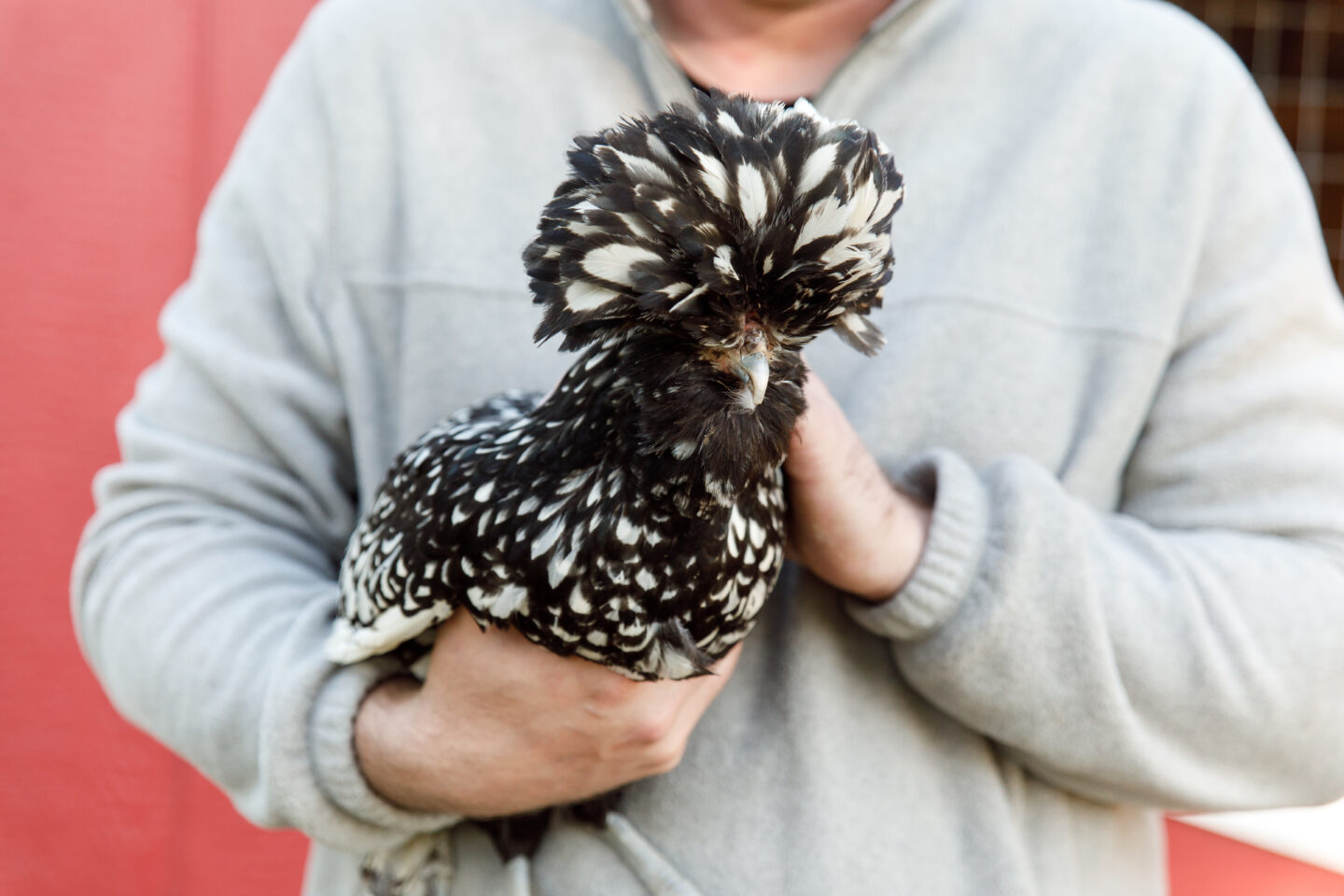Chicken Breeds, Hybrids, Crossbreeds…Just What Are They?

Anyone who enjoys keeping backyard chickens is truly fortunate but may be confused about chicken breeds.
Never before has such a diversity of chicken types been available from hatcheries that produce chicks for small backyard flocks.
Catalogs feature chickens ranging from tiny bantams to massive Jersey Giants. Birds come in an amazing assortment of feather colors and patterns.
Egg shells may be dark or light brown, white, tinted, green, or even blue. Various bird types are described as flighty, calm, broody, winter hardy, or heat tolerant.
Choosing which chicks to order is fun, but with so many choices it can be perplexing.
To add confusion are common terms used by hatcheries. Often a particular bird is called a “breed”, “crossbreed”, or hybrid. There isn’t always consistent use of these terms from hatchery to hatchery.
So, just what is a breed, crossbreed, and hybrid?
It was much simpler during most of the 6000 odd years that chickens have been domesticated. Until around two centuries ago most chickens roamed around cities, small towns, and farms.
They interbred at random, producing new generations with a hodgepodge of traits. These birds were mongrels but usually well adapted to the local environment. Diversity ruled.
Few chickens looked the same, although certain traits emerged in different parts of the world.
For example, small bodied active chickens that lay white eggs trace their ancestry to lands bordering the Mediterranean Sea.
This jumble of characteristics began changing in the 1800s when the Industrial Revolution enabled millions of people to leave the farm to labor in new urban factories.
Perhaps because their heart was still on the land, many families kept chickens, even in big cities. Their birds produced eggs and meat but also became a passionate hobby.
Before television and the Internet filled idle hours, millions of people attended poultry shows. Breeders developed show chickens in a way that produced standardized predictable appearances and traits.
Many of today’s breeds, like the ever-popular Rhode Island Red and Plymouth Rock were developed then, but dozens of other breeds have been created since to fulfill specific needs or catch eyes at poultry shows.
What Is a Breed?
According to Dr. Susan Lamont, C.F. Curtis Distinguished Professor at the College of Agriculture and Life Science at Iowa State University:
A breed is a population that breeds true and is defined by well described externally observed qualities.
Breeds are recognized by the American Poultry Association (APA) and published in their book, Standard of Perfection.
This simply means that all members of a breed will have similar characteristics, such as size, physique, feather color, and comb type.
Mate two members of a breed and their offspring will share their traits. Some breeds have several color variants.
For example, the Plymouth Rock is a breed, but within this breed are white, barred, buff, and other colors and feather patterns. No matter their feather color or pattern, all varieties of Plymouth Rocks have a husky body, single comb, and are good layers of brown shelled eggs.
Hybrids Fueled the Modern Poultry Industry
During the Twentieth Century scientific breeding revolutionized poultry. College educated geneticists created modern hybrids with the intent to create strains of birds especially efficient in converting feed into eggs or meat. Probably the best known is the Cornish Rock hybrid, developed from the Cornish and Rock breeds.
Prior to the development of hybrid meat strains, chicken was a relatively expensive meat produced by slow growing Light Brahmas, Jersey Giants, New Hampshires and other breeds.
It took much feed and time for these birds to grow to market size, thus making chicken an expensive meat enjoyed mostly on special occasions. The Cornish Rock changed it all.
This hybrid produces an eating size bird in half the time on much less feed than the old timers. Credit hybridization with precipitously dropping the price of chicken in the grocery store or on a restaurant menu.
Today the average American eats about 60 pounds of chicken meat a year.
Scientists also created hybrid egg layers capable of producing upwards of 300 eggs a year. Among the best-known laying hybrids are California Whites, a Leghorn based white egg layer, and the ISA Brown, a complex hybrid that is an amazingly efficient producer of brown eggs.
Hybridization is often not as simple as crossing one breed with another. Sometimes complex series of matings over multiple generations are required to develop sophisticated highly productive birds.
How About Crossbreeds of Chickens
According to Dr. Lamont, crossbreeding technically refers to mating two or more breeds. The intent to improve traits is usually not a defining factor. Crossbreeding results in chickens that do not breed true and are not registered by the APA.
“In the early days, around 200 years ago, cross breeding was used to introduce a visible trait, like barring (on the feathers) that helped identify sexes at hatching,” she said.
Today this is common with hybrid strains where females and males have different colored feathers or patterns. It’s a much faster way to separate the gender of baby chicks than vent sexing, which must be used with most chicken breeds.
In vent sexing a highly skilled and experienced hatchery worker gently squeezes the bird’s vent, revealing slight differences between males and females.
Few people enjoying a small flock of backyard chickens keep roosters or have any interest in breeding their birds. For them it doesn’t really matter if they own registered breeds, hybrids, or crossbreeds.
Families can pick and choose their chicks based on the traits they like the most. Hybrid layers often are the most efficient at producing the maximum number of eggs, but many true breeds also lay well and connect their owner with the glory days of poultry when attending chicken shows was a passion.
Many hatcheries allow customers to order a diversity of chicks, making it easy for a customer to order a diversity of breeds and hybrids.
